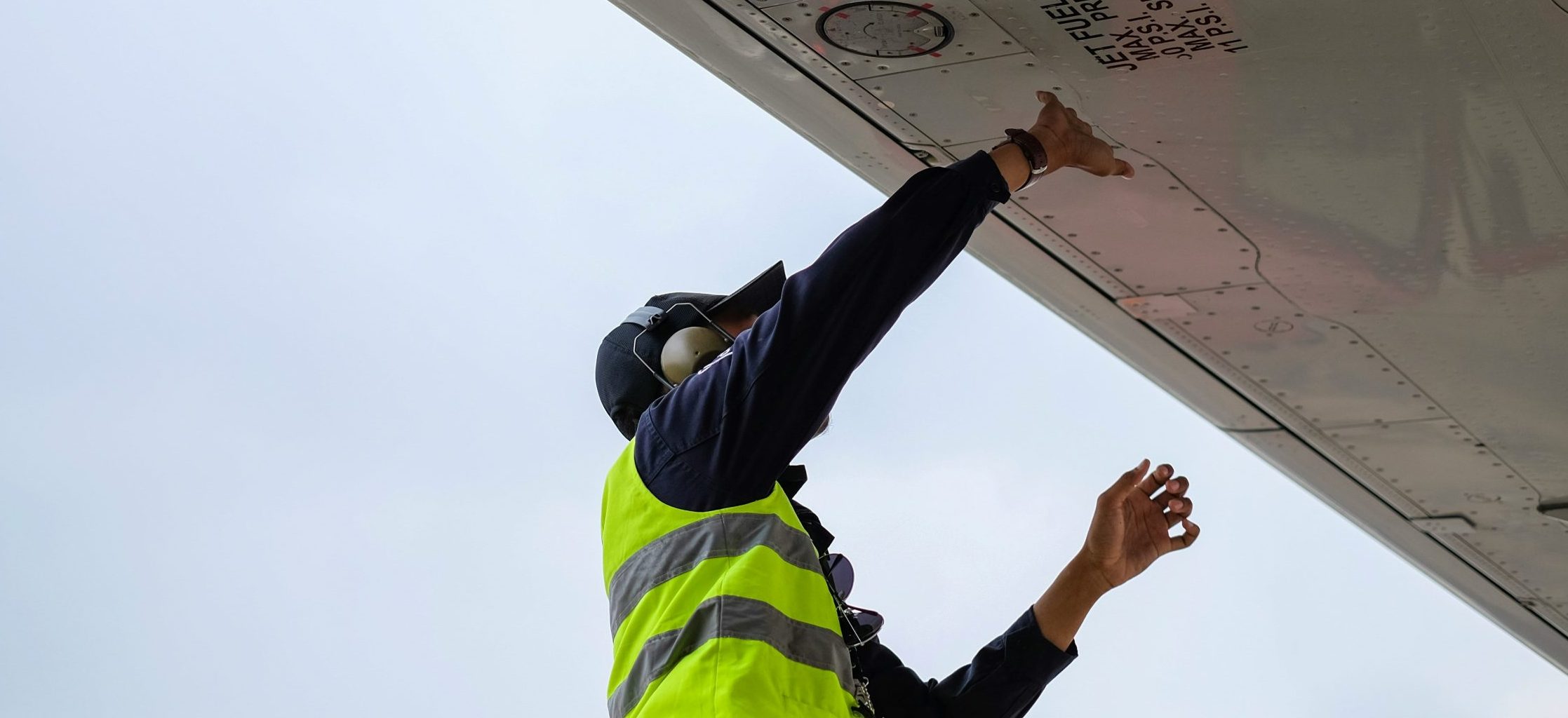In the dynamic realm of aviation maintenance, where precision and safety are paramount, the landscape of maintenance procedures is continuously evolving. With rapid advancements in technology, aircraft systems are becoming increasingly sophisticated, necessitating corresponding innovations in maintenance practices. In this article, we explore how aviation maintenance procedures have evolved in response to technological advancements, examining the challenges, opportunities, and implications for the future of the industry.
Traditional Maintenance Practices
Traditionally, aviation maintenance procedures have relied on manual processes, paper-based documentation, and hands-on inspections. Maintenance tasks were performed according to standardized procedures outlined in technical manuals, with technicians relying on their experience, expertise, and intuition to diagnose and resolve issues.
While these traditional practices served the industry well for many years, they were often labor-intensive, time-consuming, and prone to human error. As aircraft technology advanced and became more complex, the limitations of traditional maintenance practices became increasingly apparent, prompting the need for more efficient and effective maintenance procedures.
Integration of Technology
The integration of technology has been a game-changer in aviation maintenance, revolutionizing the way maintenance tasks are performed, documented, and managed. Advancements in areas such as data analytics, artificial intelligence, and remote monitoring have paved the way for a new era of smart maintenance practices.
One of the most significant developments in maintenance technology is the advent of predictive maintenance analytics. By harnessing data from sensors embedded in aircraft systems, predictive maintenance algorithms can analyze trends, detect anomalies, and predict potential failures before they occur. This proactive approach to maintenance allows organizations to schedule maintenance activities preemptively, minimizing downtime and reducing the risk of unscheduled maintenance events.
In addition to predictive maintenance, other technological innovations such as augmented reality (AR) and virtual reality (VR) are transforming maintenance procedures by providing immersive training experiences, interactive work instructions, and remote assistance capabilities. Technicians can now access digital overlays of aircraft components, view instructional videos, and collaborate with experts in real-time, enhancing their productivity and effectiveness in performing maintenance tasks.
Challenges and Opportunities
While the integration of technology offers numerous benefits for aviation maintenance, it also presents challenges and considerations that must be addressed. One of the primary challenges is the need for investment in infrastructure, training, and resources to support the adoption of new technologies. Organizations must ensure that technicians have access to the tools, equipment, and training needed to effectively utilize emerging technologies in their maintenance operations.
Furthermore, the rapid pace of technological change requires organizations to remain agile and adaptable in their approach to maintenance procedures. As new technologies emerge and evolve, organizations must continuously evaluate their relevance, effectiveness, and impact on maintenance practices, adjusting their procedures accordingly to capitalize on opportunities for improvement.
Despite these challenges, the integration of technology offers unprecedented opportunities for innovation and advancement in aviation maintenance. By embracing emerging technologies, organizations can enhance the efficiency, accuracy, and safety of maintenance procedures, ultimately improving the reliability and airworthiness of aircraft.
Implications for the Future
Looking ahead, the future of aviation maintenance procedures will be shaped by ongoing advancements in technology, changes in regulatory requirements, and shifts in industry dynamics. Predictive maintenance analytics, augmented reality, and other emerging technologies will continue to play a central role in optimizing maintenance practices and improving operational efficiency.
Furthermore, the rise of digitalization and connectivity in aviation maintenance will facilitate greater collaboration, data sharing, and integration across the industry. Maintenance procedures will become increasingly interconnected with other aspects of aviation operations, enabling organizations to achieve greater synergy and alignment in their maintenance efforts.
In conclusion, the evolution of aviation maintenance procedures represents a journey of innovation, adaptation, and transformation. By embracing technological advancements, organizations can unlock new opportunities for efficiency, safety, and reliability in maintenance operations, paving the way for a future where aircraft maintenance is smarter, faster, and more effective than ever before.

